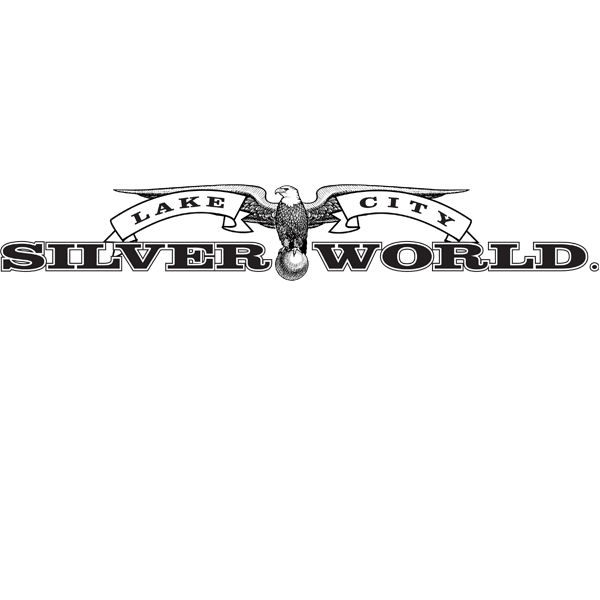

With the compassionate assistance of Dr. Howard, we very sadly said goodbye to our family member, Kira, on Monday, July 19. We were privileged to have her in our lives for 10 years. Although we have had many wonderful Alaskan Malamutes over the years, Kira was exceptional with her antics and love for us and all people. Indeed, we do not exaggerate, when walking on lead by a parked vehicle, she would pull us toward it because she associated even an empty car with possible new friends. Many, many locals and visitors made her day over the years by saying hello or patting her head, and we want to thank you all. Also, during her life, Kira was fortunate to have loving care provided by Linda Downs, locally, and Dr. Howard since puppyhood. We are sad now, but are happy we were blessed by her sweet spirit. We will miss her every day. Steve and Marty Priest Lake City. When a Malamute Dies... I wake at night and hear a soft, sweet howl floating on the wind ... a kindred spirit gone from here and now, yet lingering, forever lingering. I see the ready smile, the proud, yet gentle eyes of my dear friend. I smile and weep for what we shared ... a bond too strong to end. When a Malamute dies, a rare and special being passes from this life to that unseen place where only love resides. In Memory of Kira 6/8/2011 - 7/19/2021
Letters to the Editor...
The Lake City SILVER WORLD (U.S.P.S. No. 436-630) Published weekly on Fridays $40 a year mailed in Hinsdale & Gunnison Counties, $40 online for computer, Ipad, Kindle, tablet, smart phone, $50 a year elsewhere U.S. Silver World Publishing Co., P.O. Box 100, Lake City, Colo. 81235 (970) 944-2515 Second Class Postage paid at Lake City, Colorado e-mail address: silverw@centurytel.net FAX: 970-944-7009
POSTMASTER: Send address changes to SILVER WORLD P.O. BOX 100, LAKE CITY, COLO. 81235 OFFICIAL NEWSPAPER FOR THE TOWN OF LAKE CITY AND HINSDALE COUNTY, COLORADO
Editor & Publisher Grant E. Houston Production Coordinator Russell Gammon Bookkeeper - Cindy Young
2019 Best NewsPhotograph
Award Winner Colorado Press
2019 Best Color Advertisement
Award Winner Colorado Press
2019 Best Color Advertisement
Award Winner Colorado Press
2019 Best Photo Essay
Award Winner Colorado Press
2019 Best Sustained Coverage
Award Winner Colorado Press
2019 Best Sustained Coverage
Award Winner Colorado Press
Signed articles and letters are the responsibility of the author and do not necessarily represent the opinion of the editor. Letters to the editor should be no longer than 800 words and will be edited at the editor's discretion for length. Letters should be pertinent to community issues.
Find Silver World on Facebook
2019 Best Series
Award Winner Colorado Press
2021 Member
SILVER WORLD, Friday, July 30, 2021. Page 2
Previous Page
